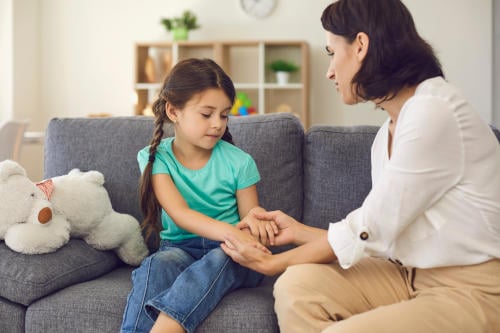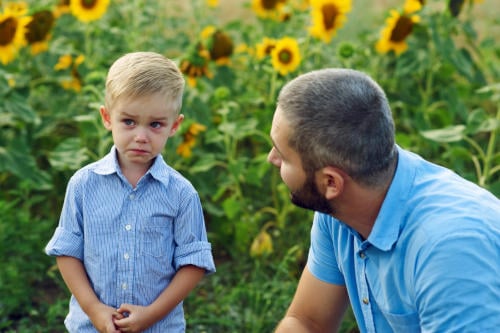We all experience a range of emotions as we go about our daily lives. We may, for example, feel irritated at the long queues in the supermarket, anxious because we forgot to do something important at work, or excited when we plan a holiday. Emotional regulation is the ability to manage these feelings without becoming overwhelmed and hurting ourselves or other people.
It can take time for all children to learn to regulate their emotional responses and for those with special needs – such as a neurodiversity, brain injury or social, emotional or mental health difficulties – it can be more challenging. A person with autism or dyspraxia, for example, may experience a meltdown because of sensory overload, while someone with ADHD might be prone to acting impulsively, even lashing out physically or verbally, when upset. Though kids with SEN can definitely make progress in coping with their emotions, they may always have a tendency to become dysregulated, even as an adult.
Zones of Regulation Help Identify Feelings
One of the first steps in learning to manage emotions is identifying what you are feeling in the first place. A lot of teachers and tutors use the ‘Zones of Regulation’ method in the classroom to help young people to pinpoint how they feel and work out how close they are to ‘losing it’.
It’s a visual, colour-coded system where emotions are divided into four categories, often with cartoon images of children’s faces –
- Blue Zone – Tired, sad, unwell, bored, unmotivated
- Green Zone – Happy, relaxed, confident, focused
- Yellow Zone – Worried, frustrated, agitated, excitable, irritable
- Red zone – Panicked, angry, frightened, over-excited
Gradually, and with support from adults, the young person can learn to identify which zone they are in. Naturally, the ideal zone is ‘green’ but the aim is for the child to notice when they are in one of the other zones so they can learn strategies to help themselves return to a happy, peaceful state.
All Emotions are Valid

However, it’s crucial, experts say, for children to learn that all emotions – not just those in the green zone – are acceptable and part of being human. It’s also important to acknowledge that all of us struggle to manage our feelings from time to time. Parents might model talking about their own difficult feelings at home via the Zones of Regulation with statements like, ‘Mum’s in the yellow zone this afternoon because I got a parking ticket – I’ll feel better if I sit down and have a cup of tea’. Families can also help kids to notice their emotional state by saying, for example, ‘You look a bit tired – are you in the blue zone?’
For younger children – or those who are older but need more support – ‘co-regulation’ can help to develop emotional-awareness and self-soothing techniques. The idea is that if the adult can identify their own feelings at a given moment and how those might impact their child, they can both learn to balance their emotional state together. This, it is said, will help the young person to eventually do so as an individual as they grow and mature.
Steps Towards Co-Regulation

Suggested steps to do this are as follows –
- The adult regulates their own emotions
- They make eye-contact with the child
- They listen to what is being said
- They ask questions and show empathy
- They offer physical affection, such as a hug, but only if the child is open to this
Emotion Coaching

In a similar vein, ‘Emotion Coaching’ is a parenting technique developed by American therapist Professor John Gottman. This method also starts with parents being aware of their own emotions and those of the child at a particular point in time. It’s helpful, Gottman says, to view the situation as an opportunity for both the adult and the young person to learn about their emotions and find ways to cope.
Next, the parent offers suggestions on how they think the child is feeling – for example, ‘You seem to be really angry and upset’ – while at the same time, remembering situations when they have also felt similar emotions. This encourages an atmosphere of empathy and understanding.
Once the situation has ‘blown over’ and everyone is calm, the parent should encourage the child to reflect on what happened and to find solutions together to manage future trigger points.




